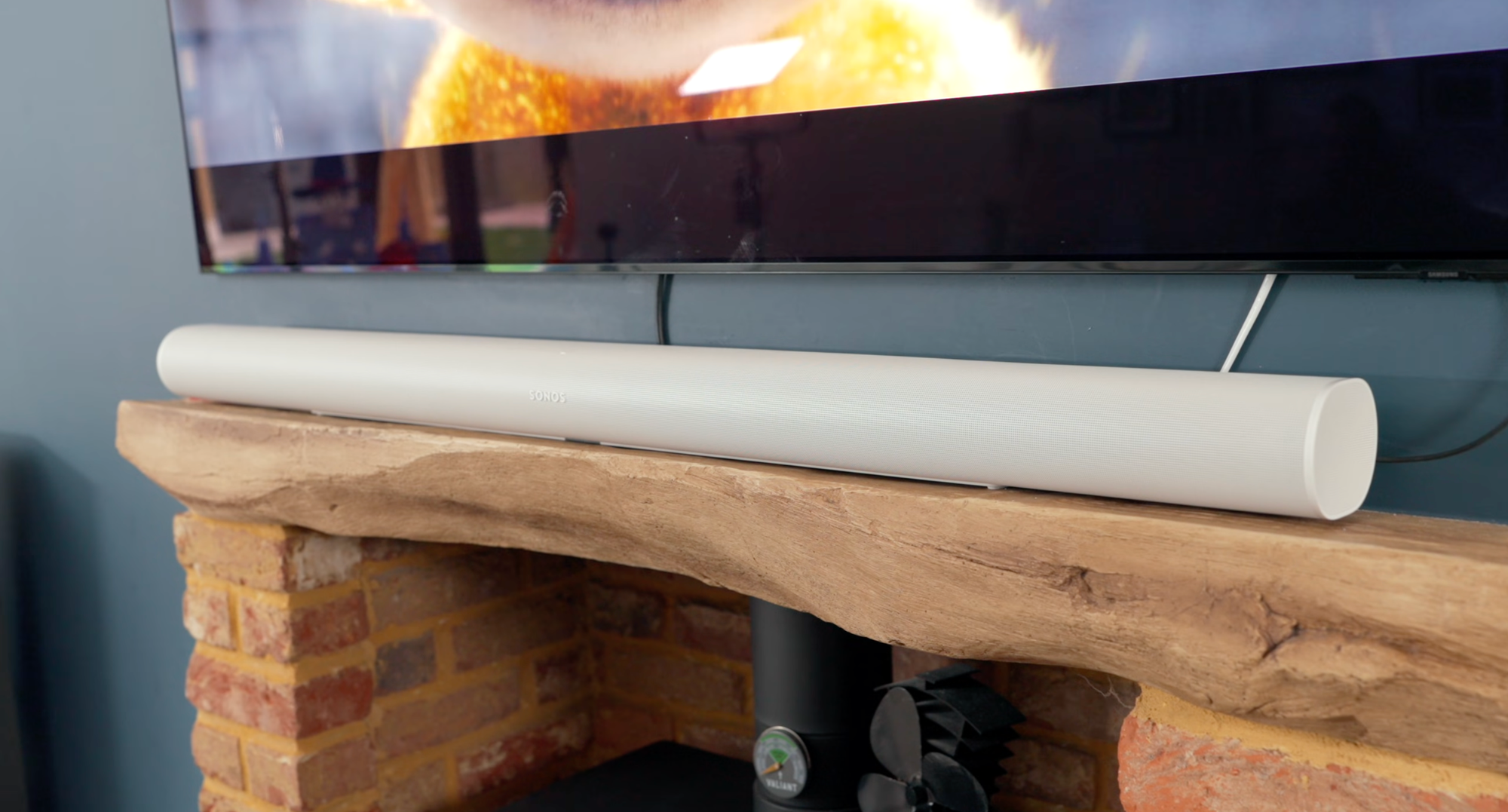A long time ago, I purchased my first 5.1 Surround Sound System with an AV receiver for around £100. Over the years, I've gradually upgraded my amplifier from Onkyo to Yamaha, and eventually to a Denon amplifier about five years ago. Throughout all these changes—and even moving from our first home to our current "forever home," which conveniently came pre-wired for surround sound—I kept the same traditional speakers.
But recently, I've been increasingly tempted by the sleek, wireless, and Dolby Atmos-supporting Sonos systems. After months of research, endless googling, and plenty of back-and-forths with friends and experts—who unanimously declared that a wired system was clearly superior—I was still intrigued. So, much to my wife's bemusement, I ended up getting both systems to find out firsthand which was truly better.
My Experience with Sonos
Unexpectedly, Sonos reached out and offered their premium immersive set: the Arc Ultra soundbar, a Sub 4, and a pair of Era 100 speakers for rear surrounds. Before you assume this review will be overly positive because Sonos sent me their setup—hold that thought. There were several real issues that genuinely impacted my experience, enough that I ultimately decided not to keep it.
Firstly, I faced persistent sound dropouts during playback, even though the Arc Ultra was hardwired via HDMI ARC. Another initial frustration was the U.S.-specific plugs Sonos provided. It took over a month and direct calls to Sonos to receive UK-compatible cables. To properly compare models, I also requested Era 300s and a Sub Mini—adding layers to an already complicated setup.
Setup and Installation
Setting up Sonos products feels similar to unboxing Apple devices—beautifully engineered packaging and straightforward setup. Wireless connectivity simplifies placement around the room, which was a huge plus. However, due to my Samsung TV's OneConnect box limitations, I needed unusually long HDMI and power cables, highlighting a somewhat niche but relevant practical challenge.
Performance and Sound Quality
The initial sound experience was genuinely impressive. The Arc Ultra paired with the Sub 4 created an incredible immersive experience, noticeably enhancing movies, series, and even episodes of Bluey. The Sub 4 was notably powerful compared to my previous subwoofer. The Sonos app, despite significant negative feedback online about reliability issues, functioned smoothly for me initially, although later encountered major connectivity and tuning problems.

Issues and Challenges
The persistent problem of audio dropout became increasingly frustrating and overshadowed the premium experience. Even after switching setups to test Era 300s (which support Dolby Atmos, unlike the Era 100s), pairing issues surfaced, significantly detracting from the overall experience. The Sub Mini also didn't integrate with the Arc Ultra, only pairing effectively with my smaller Sonos Beam system in another room.
Advantages of Sonos
Despite the issues, Sonos excels in several key areas:
- Placement Flexibility: Wireless connectivity allows easy and convenient speaker placement.
- Aesthetics: Sonos products are beautifully designed, adding visual appeal to your home.
- Integrated Smart Features: Night Mode and easy integration with other Sonos speakers across the house add significant value.
Expanding Your Smart Home with Homey
Speaking of smart integration, I discovered Homey, a smart home platform positioned conveniently between the simplicity of Apple or Google Home and the complexity of Home Assistant. Homey effortlessly handles complex automations like having your Sonos speakers announce doorbell alerts or adjusting lights automatically, tasks that are frustratingly complex on platforms like Home Assistant. It's user-friendly, yet highly compatible with diverse devices using Z-Wave, Zigbee, and Matter protocols.
So, should you upgrade to Sonos from a traditional wired surround sound system? While Sonos offers undeniable benefits, especially in flexibility, aesthetics, and integration, the persistent technical issues like audio dropouts and app connectivity are substantial drawbacks.
Ultimately, your decision should consider these factors carefully. If reliable performance and sound quality are paramount and you're already wired up, you might still prefer a traditional wired setup. However, if you crave a sleek, modern, wireless solution and are prepared to troubleshoot occasionally, Sonos could be a great fit—just proceed with realistic expectations.
Are you using Sonos or considering the switch? I'd love to hear your experiences. Also, let me know if you'd like a detailed review of Homey and other smart home tech—it's an area I'm genuinely passionate about exploring further!


